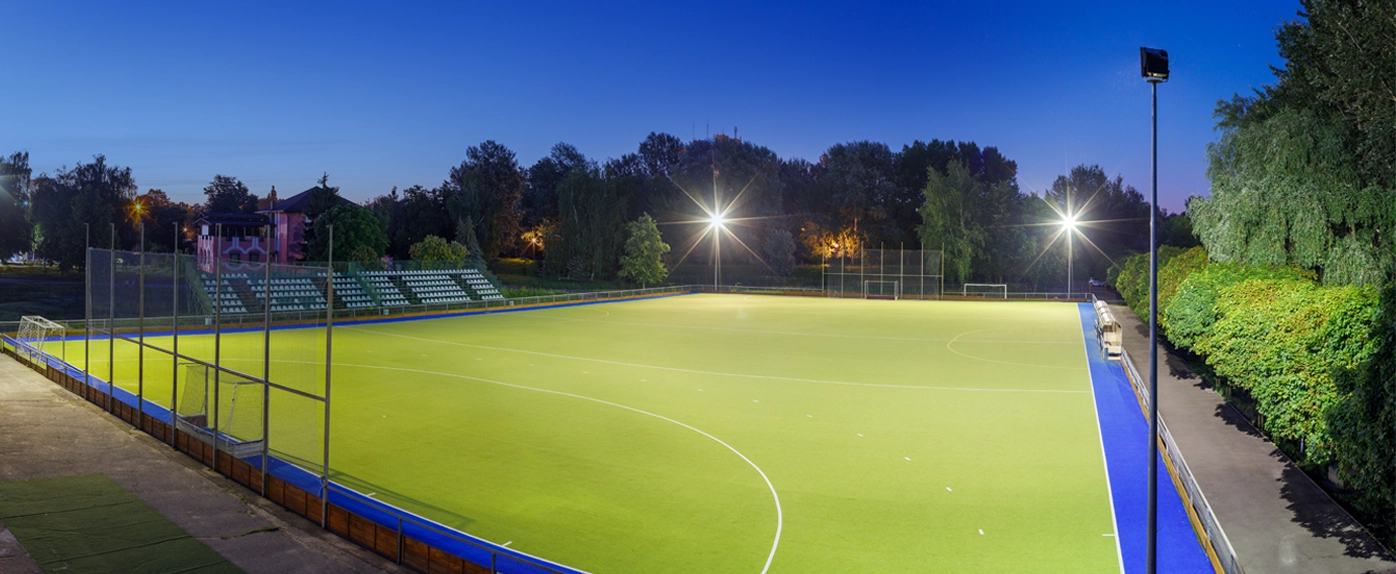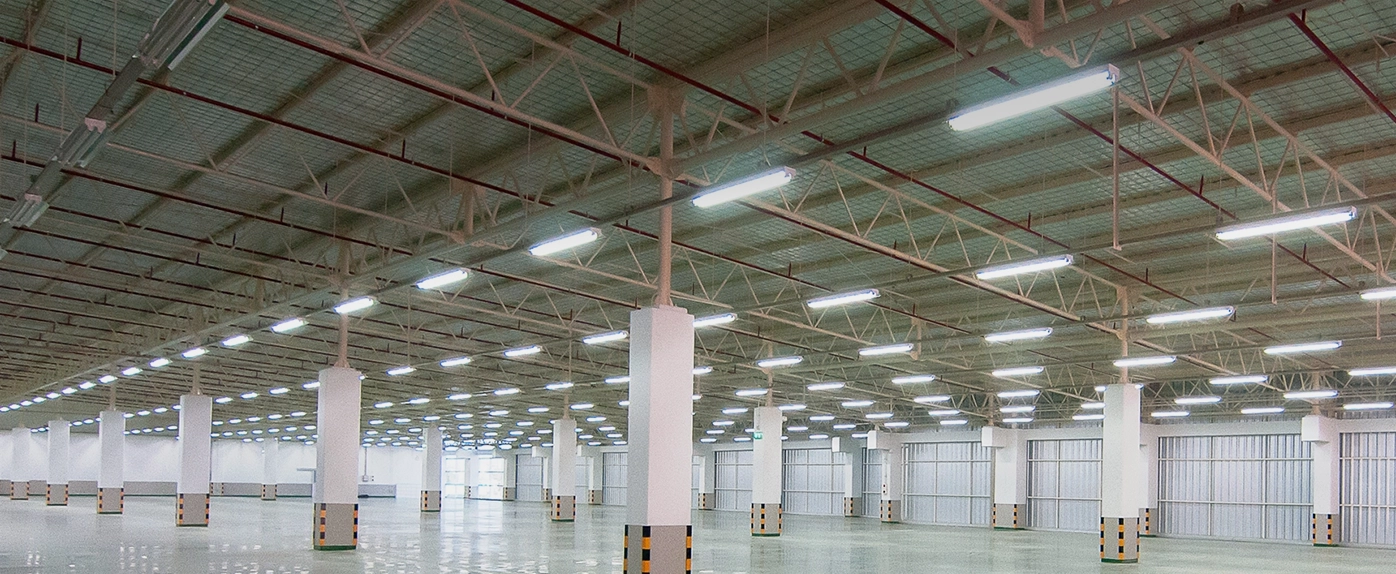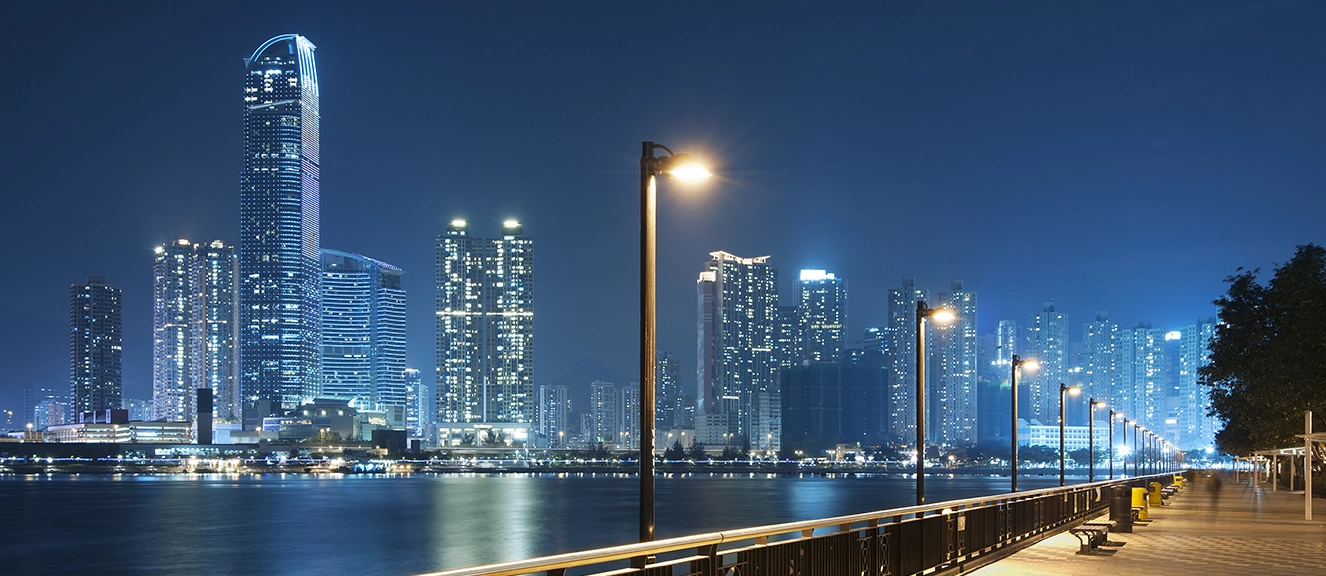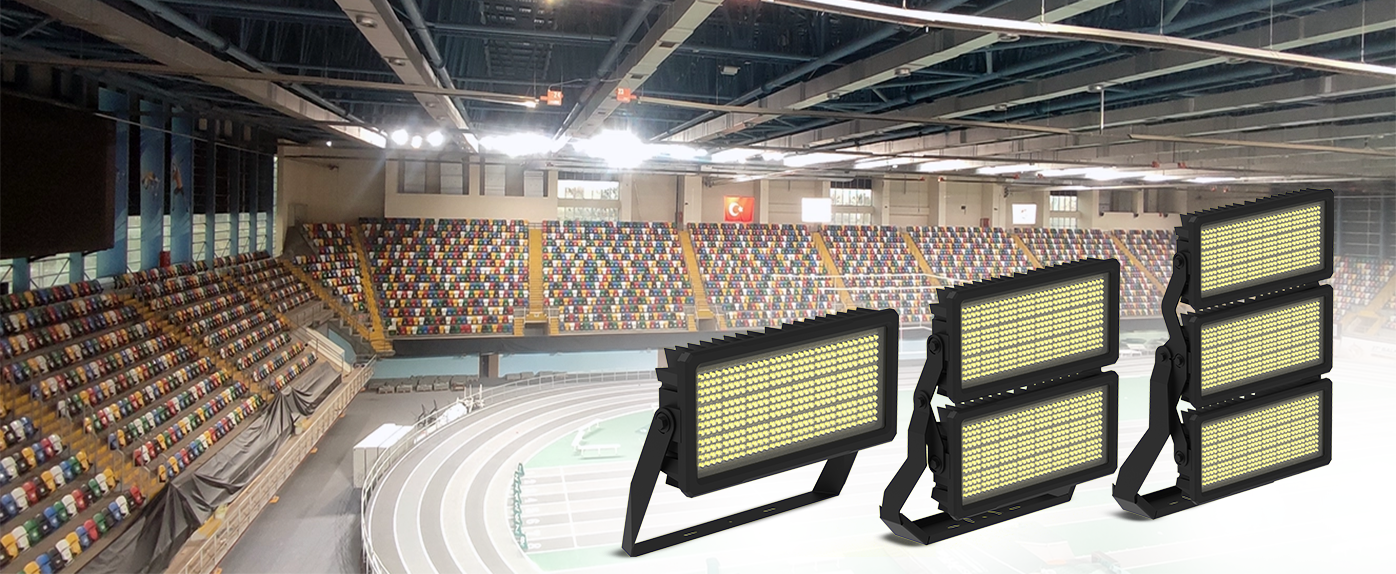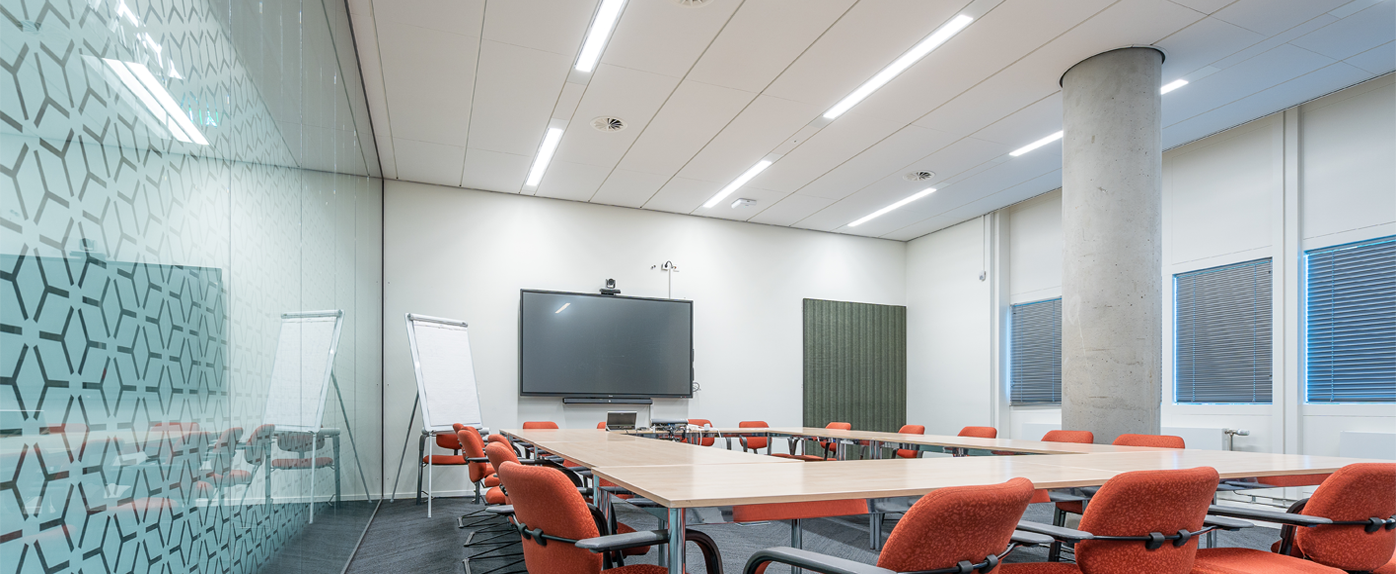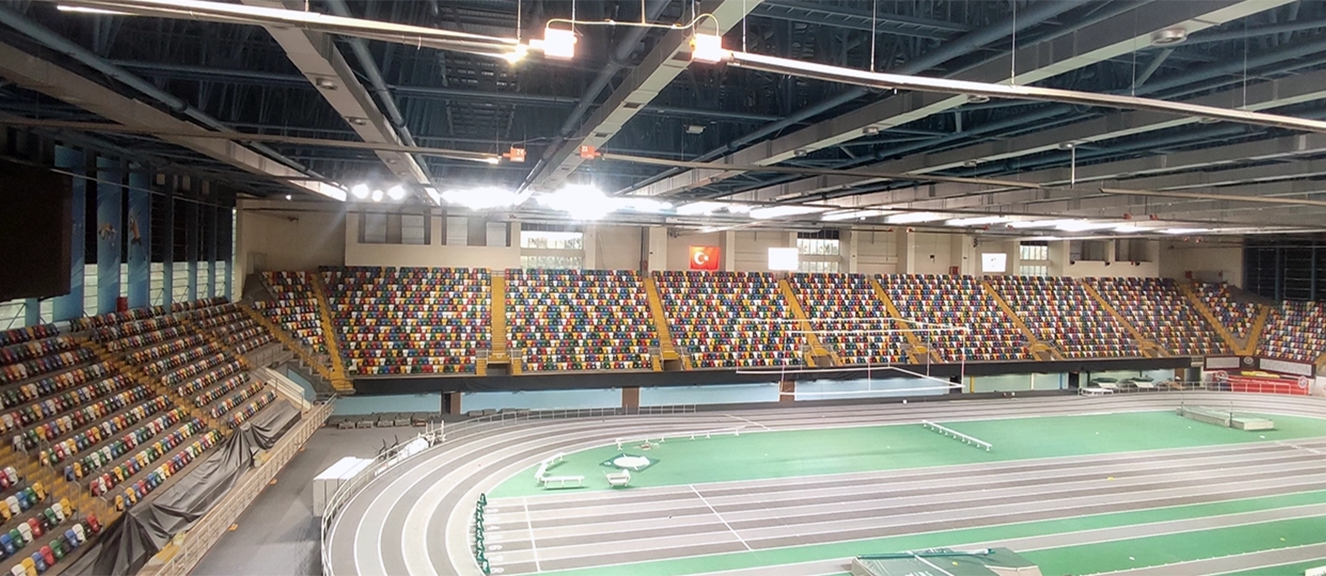What should be considered when choosing football field lighting?
Football fields need proper lighting arrangements for athletes to play safely. Factors such as lighting level, color temperature, light emission and energy efficiency play an important role in the lighting of football fields. There are some important factors that should be considered when designing the lighting of football fields, and we can summarize them in a few items:
1. Lighting level: Football fields are a place where many factors affect the visibility and playing skills of the athletes. For this reason, the lighting of football fields should provide an adequate level of illumination. The lighting level may vary depending on the size of the site and the purposes for which the lighting will be used. At the same time, the lighting fixtures used should serve at the same lighting level in all seasons.
2. Color temperature: Football field lighting is another factor that affects the playing skills of the athletes. Color temperature determines whether the light contains yellowish or blue hues. Lighting with a higher color temperature is often used in football fields. This allows athletes to see better and move more clearly. The projector or lighting fixture used should have the right color temperature and should not tire the eyes of the athletes.
3. Light spread: The lighting of football fields should illuminate the entire field equally. Light scatter determines how the illumination is distributed. If adequate light emission is not provided, some areas of the court may be less illuminated, which may affect the players' ability to play.
4. Energy efficiency: Football fields are quite large outdoor spaces. When preparing a large volume of lighting projects, the lighting systems used can be costly due to their high energy consumption. Lighting systems used in football fields should be low cost in terms of energy efficiency and provide ease of maintenance. More efficient lighting systems can provide the same level of illumination by consuming less energy.
5. Environmental factors: Since football fields are located outdoors, environmental factors can affect lighting design. Wind speed, humidity, rain and snow can affect the durability and performance of lighting systems. One of the most important issues to be considered in such outdoor lighting projects is to have luminaires that are compatible with all seasons and will not be adversely affected by environmental factors.
The factors mentioned above should be taken into account when designing the lighting of football fields. Lighting systems should be designed in such a way that athletes can play safely and efficiently. In addition, the lighting design should be designed in accordance with the intended use of the site. For example, since the purpose of use between professional football fields and amateur football fields is different, lighting systems can be designed differently.
When designing the lighting of football fields, local regulations and standards should also be followed. These standards cover topics such as lighting levels, energy consumption, light emission and other factors.
In addition to all these, the installation and maintenance of football field lighting is also important. Lighting systems must be installed correctly and maintained regularly. This will extend the life of the lighting systems and ensure that they work with high performance.
The lighting of football fields should be designed properly so that the athletes can play safely and efficiently. Lighting systems designed by considering factors such as lighting level, color temperature, light emission, energy efficiency and environmental factors will increase the performance of athletes and help create a healthy sports environment.

